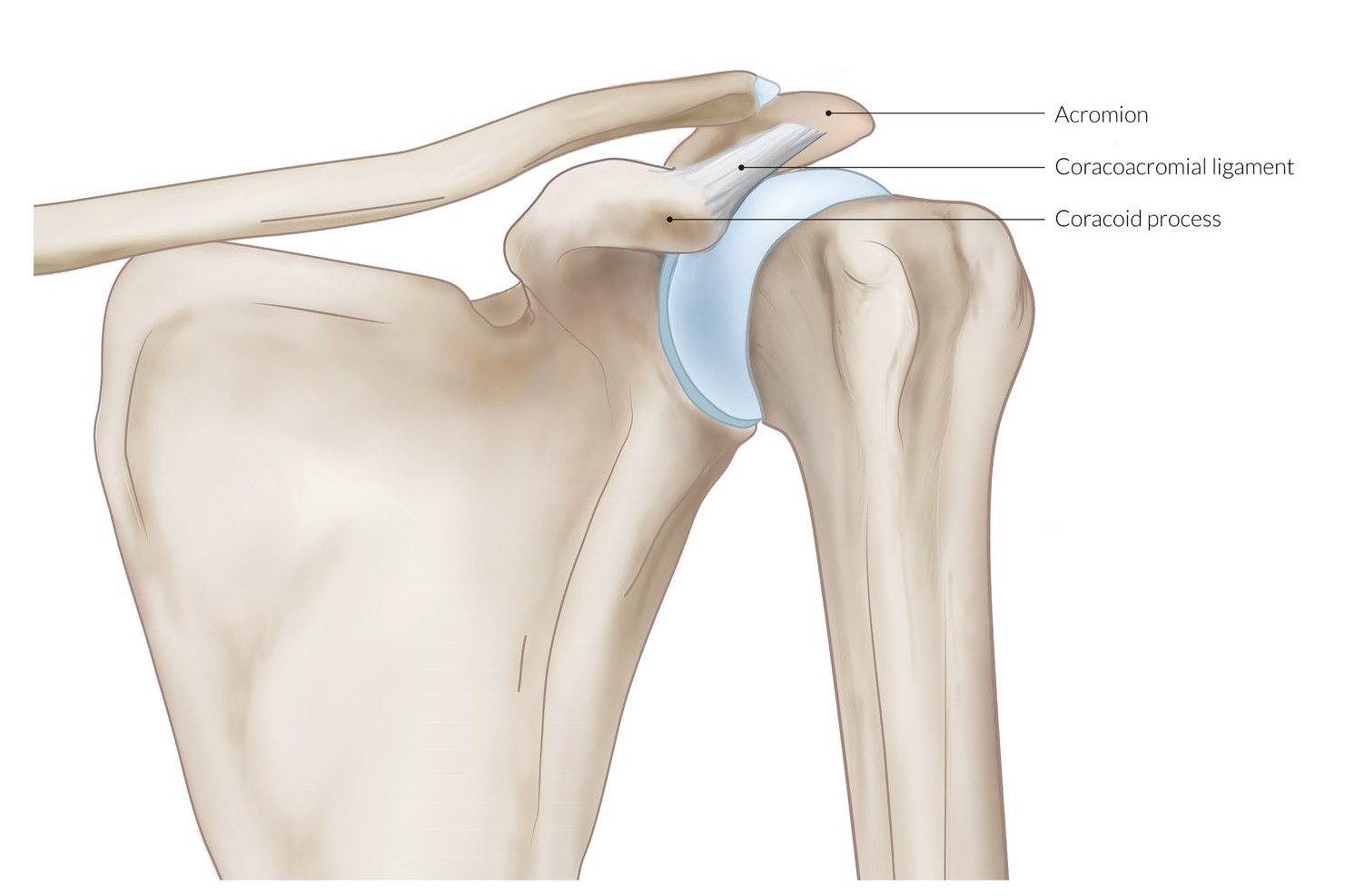
What is the acromial process? The acromial process, also known as the acromion, is a bony projection on the scapula (shoulder blade). It forms the highest point of the shoulder and connects with the clavicle (collarbone) to create the acromioclavicular joint. This structure plays a crucial role in shoulder movement and stability. Understanding the acromial process can help you appreciate how your shoulder functions, especially during activities like lifting, throwing, or even typing. Whether you're a student, athlete, or just curious about human anatomy, knowing about the acromial process can give you a better grasp of how your body works.
What is the Acromion?
The acromion is a bony process on the scapula (shoulder blade). It forms the highest point of the shoulder and is crucial for shoulder movement and stability. Let's dive into some fascinating facts about this important part of the body.
- The acromion is part of the scapula, which is also known as the shoulder blade.
- It connects with the clavicle (collarbone) to form the acromioclavicular joint.
- The acromion serves as an attachment point for muscles like the deltoid and trapezius.
- It helps protect the shoulder joint and the rotator cuff muscles.
- The shape of the acromion can vary between individuals, affecting shoulder mechanics.
Types of Acromion
The acromion comes in different shapes, which can influence shoulder function and susceptibility to injuries. Here are the various types:
- There are three main types of acromion shapes: flat, curved, and hooked.
- A flat acromion is the least likely to cause shoulder impingement.
- A curved acromion has a slight downward slope, which can sometimes lead to impingement.
- A hooked acromion has a pronounced downward curve, increasing the risk of shoulder impingement.
- The type of acromion can be determined through imaging techniques like X-rays.
Acromion and Shoulder Injuries
The acromion plays a significant role in shoulder injuries, especially in athletes and active individuals. Here are some key points:
- Shoulder impingement syndrome often involves the acromion pressing on the rotator cuff tendons.
- A hooked acromion is a common cause of shoulder impingement.
- Acromioclavicular joint injuries, such as separations, often occur in contact sports.
- Osteoarthritis can develop in the acromioclavicular joint, leading to pain and stiffness.
- Acromioplasty is a surgical procedure to reshape the acromion and relieve impingement.
Acromion in Evolution
The acromion has evolved over time to accommodate changes in human activity and posture. Here are some evolutionary insights:
- Early human ancestors had more pronounced acromions, aiding in climbing and brachiation.
- As humans evolved to walk upright, the acromion became less prominent.
- The modern human acromion is adapted for a wide range of shoulder movements, including throwing and lifting.
- Differences in acromion shape among populations may reflect variations in lifestyle and activity levels.
- Studying the acromion in fossils helps scientists understand the evolution of human shoulder mechanics.
Fun Facts about the Acromion
Let's wrap up with some interesting and lesser-known facts about the acromion:
- The word "acromion" comes from the Greek words "akron" (highest) and "omos" (shoulder).
- The acromion can be felt as the bony bump at the top of the shoulder.
- In some animals, like birds, the acromion is more pronounced to support wing movement.
- The acromion's shape can influence shoulder aesthetics, affecting how the shoulder looks.
- Acromion fractures are rare but can occur from direct trauma or falls.
- The acromion's position and shape are important considerations in shoulder replacement surgeries.
- Understanding the acromion's anatomy helps in diagnosing and treating shoulder conditions effectively.
Final Thoughts on Acromial
Acromial, a term often overlooked, plays a crucial role in shoulder anatomy. Understanding its significance helps in diagnosing shoulder issues and improving treatments. This small but mighty part of the scapula connects to the clavicle, forming the acromioclavicular joint, essential for shoulder movement. Knowing these facts can aid in recognizing symptoms of shoulder problems early, leading to better outcomes. Whether you're a medical student, a healthcare professional, or just curious, these insights into acromial can enhance your knowledge. So next time you hear about shoulder anatomy, you'll appreciate the acromial's importance. Keep learning, stay curious, and remember, even the smallest parts of our body have big roles to play.
Was this page helpful?
Our commitment to delivering trustworthy and engaging content is at the heart of what we do. Each fact on our site is contributed by real users like you, bringing a wealth of diverse insights and information. To ensure the highest standards of accuracy and reliability, our dedicated editors meticulously review each submission. This process guarantees that the facts we share are not only fascinating but also credible. Trust in our commitment to quality and authenticity as you explore and learn with us.
